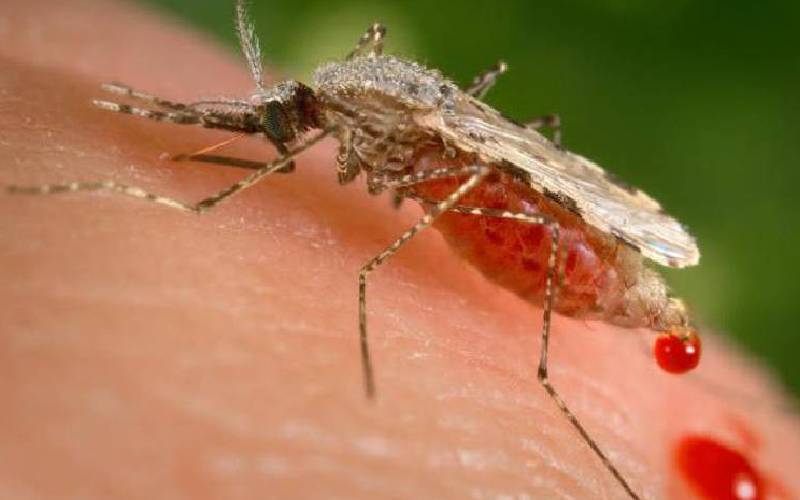
Kenya's decades-long fight against the killer malaria disease is facing a bigger threat from the region. This follows the discovery of a new species of mosquitoes called Anopheles stephansi that has been pushing up malaria cases in Marsabit, Turkana and Samburu counties, leaving experts and policymakers scratching their heads in search of answers.
The Anopheles stephansi is native to India and other parts of Asia, where it has been ravaging populations for years. Here in Africa, it was first identified in Djibouti in 2012 and recently in eastern Ethiopia.